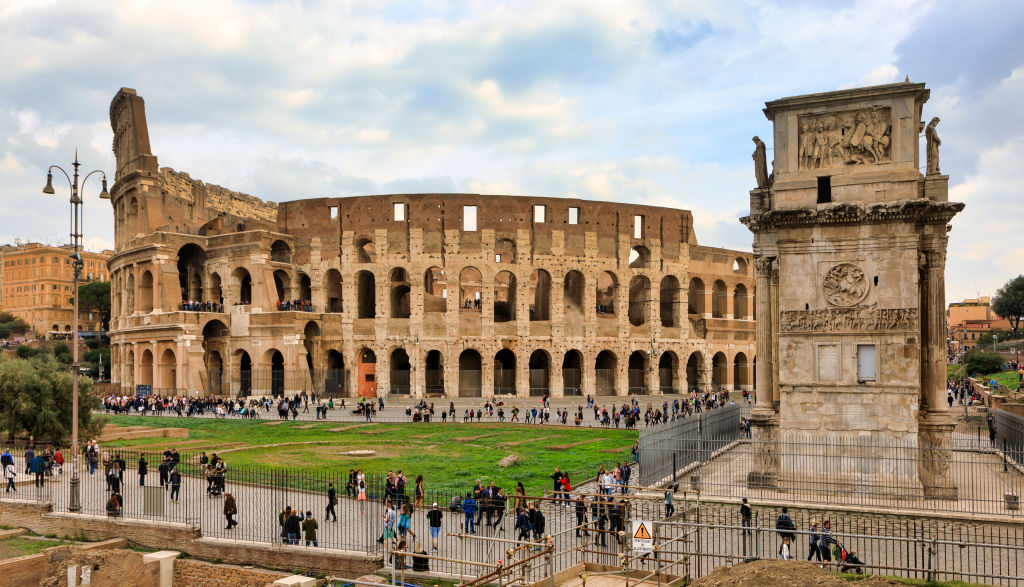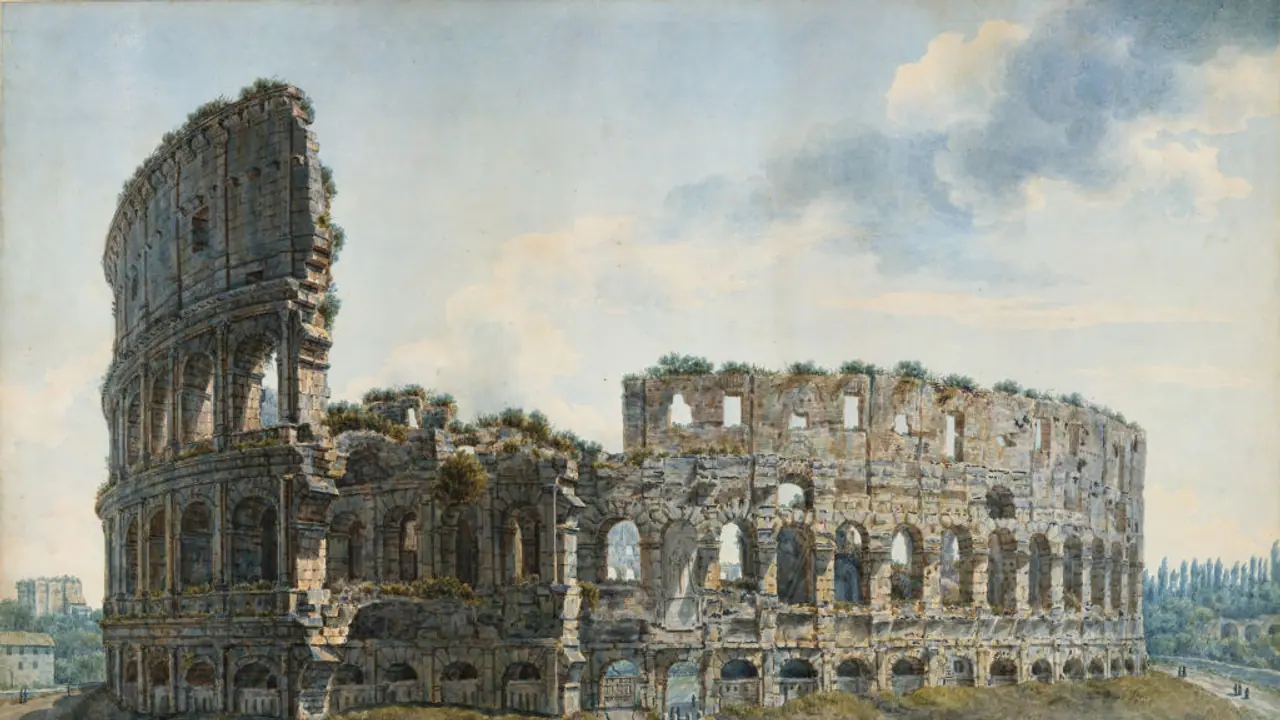New geological evidence from Iceland suggests that a severe climate shift during the Late Antique Little Ice Age may have accelerated the decline of the Eastern Roman Empire.
A new study has bolstered the theory that a dramatic climate shift known as the Late Antique Little Ice Age (LALIA) played a key role in the eventual collapse of the Eastern Roman Empire in 1453 CE. Researchers have uncovered geological evidence in Iceland suggesting that the LALIA—triggered by a series of massive volcanic eruptions—was "more severe than previously thought," significantly impacting the stability of the Roman Empire during a period of internal and external turmoil.

A Chilling Turning Point in History
Experts have long speculated that climate change may have weakened the Roman Empire, leaving it more vulnerable to political instability, economic hardship, and invasions. The new findings now strengthen the case that LALIA, which began around 540 CE, was a critical factor.
Dr. Thomas Gernon, study co-author and professor of Earth Sciences at the University of Southampton, told DailyMail.com that the LALIA had a "very significant impact" on the Eastern Roman Empire.
"The event in question was very cold by today’s standards, with temperatures across Europe falling by an estimated 1.8 to 3.6°F," Professor Gernon said.
"While that might not sound like all that much, it was enough to cause widespread crop failures, increased livestock mortality, a sharp rise in food prices, and ultimately, widespread illness and famine across the Empire," he added.
The LALIA coincided with the outbreak of the Justinian Plague in 541 CE, which killed between 30 and 50 million people—nearly half the global population at the time. This period also overlapped with intense warfare, territorial expansion under Emperor Justinian, and religious conflicts within the empire.
"These events overlapped with a turbulent time in the Eastern Empire," Gernon noted.
"In this way, it seems likely that the [LALIA] helped tip the balance at a moment when the Eastern Empire was stretched thin."

Rocks and Revelations: Iceland's Geological Clues
To investigate the extent of the LALIA, researchers analyzed unusual rocks found on a raised beach terrace in northwest Iceland. These rocks, unlike anything currently found in Iceland, turned out to have originated from Greenland—carried by icebergs during the LALIA.
"We knew these rocks seemed somewhat out of place because the rock types are unlike anything found in Iceland today, but we didn’t know where they came from," said Dr. Christopher Spencer, lead author and associate professor of tectonochemistry at Queen’s University.
The team crushed the rocks, extracted hundreds of tiny zircon crystals, and examined them to trace their origins.
"Zircons are essentially time capsules that preserve vital information including when they crystallized as well as their compositional characteristics," Spencer explained.
"The combination of age and chemical composition allows us to fingerprint currently exposed regions of the Earth’s surface, much like is done in forensics."
Their findings, published in the journal Geology, provided the first direct evidence of icebergs transporting Greenlandic cobbles—rounded rocks roughly the size of a fist—to Iceland.
"This is the first direct evidence of icebergs carrying large Greenlandic cobbles to Iceland," Spencer said.
According to Professor Gernon, this points to two key conclusions: the Greenland Ice Sheet was experiencing dramatic changes during this period, and the climate was cold enough for icebergs to reach Iceland and alter its geology.
Also read: AI brings 'True Face of Jesus' back to life, sparks global buzz; VIDEO
A Climate of Collapse
"To be absolutely clear, the Roman Empire was already in decline when the [LALIA] began," Gernon said.
"However, our findings support the idea that climate change in the northern hemisphere was more severe than previously thought. Indeed, it was probably a major driver of major societal change, rather than just one of several contributing factors."
Though the Western Roman Empire had already fallen by the time LALIA began, its impact on the Eastern Empire may have been far-reaching—limiting recovery from other crises and contributing to its eventual fall centuries later.
